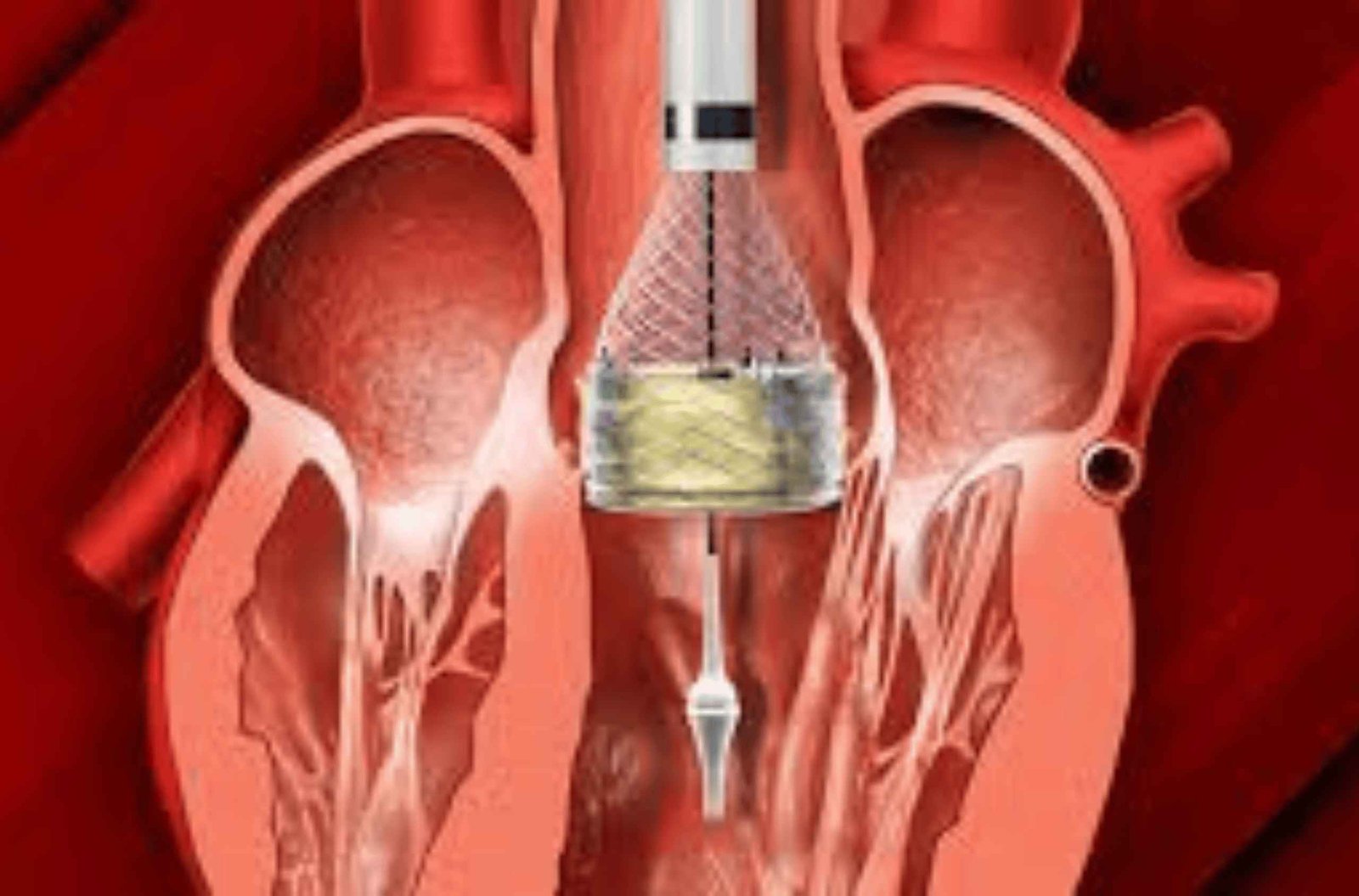
Transcatheter Aortic Valve Implantation (TAVI), also known as Transcatheter Aortic Valve Replacement (TAVR), is a minimally invasive procedure used to replace a narrowed aortic valve that fails to open properly (aortic valve stenosis). TAVI is an alternative to open-heart surgery for patients who are considered high-risk or too frail for traditional valve replacement surgery.
TAVI is a procedure that allows doctors to replace a damaged aortic valve without removing the old, damaged valve. Instead, the replacement valve is wedged into the aortic valve’s place through a catheter, typically inserted through the femoral artery in the leg or, in some cases, through a small incision in the chest.
TAVI is performed to:
The TAVI procedure involves several key steps:
The entire procedure typically takes about 1 to 2 hours.
TAVI offers several important benefits:
After the TAVI procedure, patients are typically monitored in the hospital for a few days to ensure there are no immediate complications. Recovery involves:
Transcatheter Aortic Valve Implantation (TAVI) is a groundbreaking procedure that offers a life-saving alternative to traditional open-heart surgery for patients with severe aortic stenosis. By providing a minimally invasive approach to valve replacement, TAVI helps improve symptoms, enhance quality of life, and extend the lifespan of patients who are at high risk for conventional surgery. If you have severe aortic stenosis and are considering TAVI, consult with your healthcare provider to discuss your options and determine the best treatment plan for your condition.
Transcatheter Aortic Valve Implantation (TAVI), also known as Transcatheter Aortic Valve Replacement (TAVR), is a minimally invasive procedure used to replace a diseased aortic valve. It involves inserting a new valve through a catheter into the heart, without the need for open-heart surgery.
TAVI is often recommended for patients who are considered high-risk or too frail for open-heart surgery. It offers a less invasive alternative with shorter recovery times and fewer complications, making it suitable for older adults or those with multiple health issues.
Preparation for TAVI typically includes:
During TAVI:
The entire procedure typically takes about 1 to 2 hours.
TAVI is generally not painful during the procedure due to anaesthesia. Some patients may experience mild discomfort or soreness at the insertion site(s) afterwards, but this can usually be managed with pain medications.
Risks include:
Recovery time varies, but most patients can expect to stay in the hospital for a few days for monitoring. Full recovery may take several weeks to months, depending on individual health and any complications.
Yes, you will likely need to take medications to prevent blood clots (anticoagulants), manage blood pressure, and support heart function. Your healthcare provider will prescribe medications tailored to your specific needs.
The longevity of the new valve can vary, but modern TAVI valves are designed to be durable and long-lasting. Your healthcare provider will monitor the valve’s function over time through regular check-ups.
Most patients can gradually resume normal activities after recovering from TAVI. Your doctor will provide specific guidelines regarding physical activity, driving, and returning to work based on your individual progress and overall health.